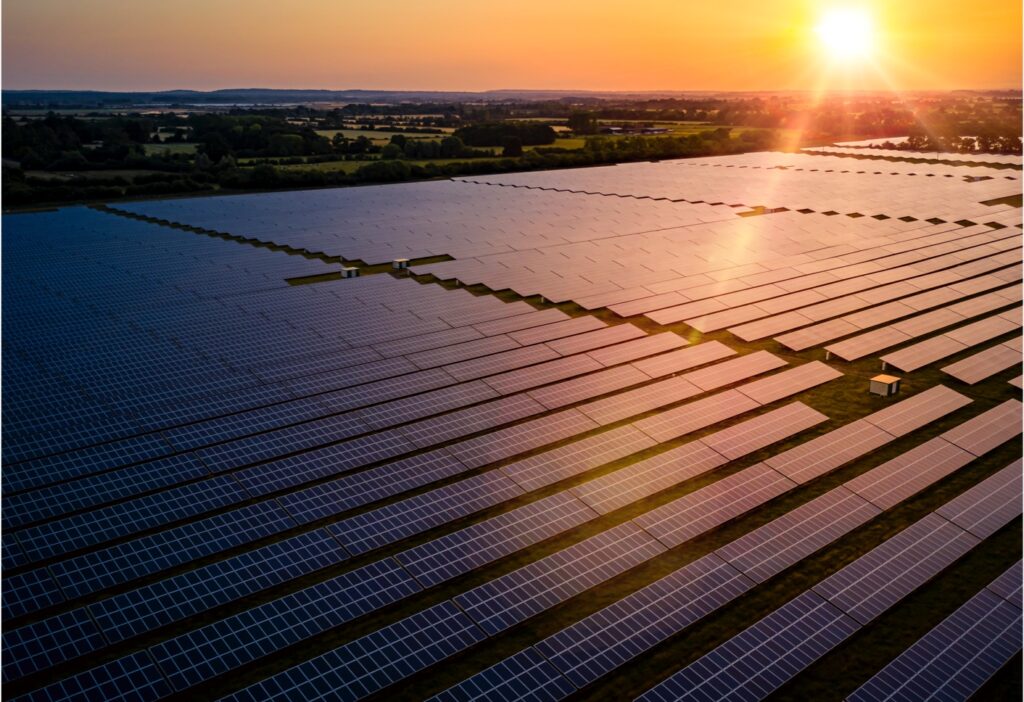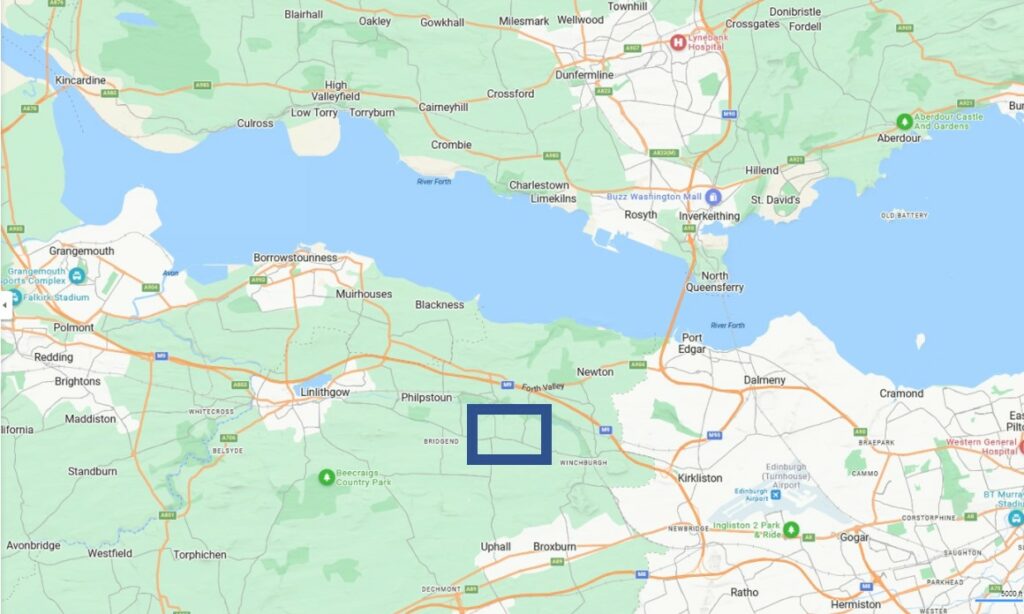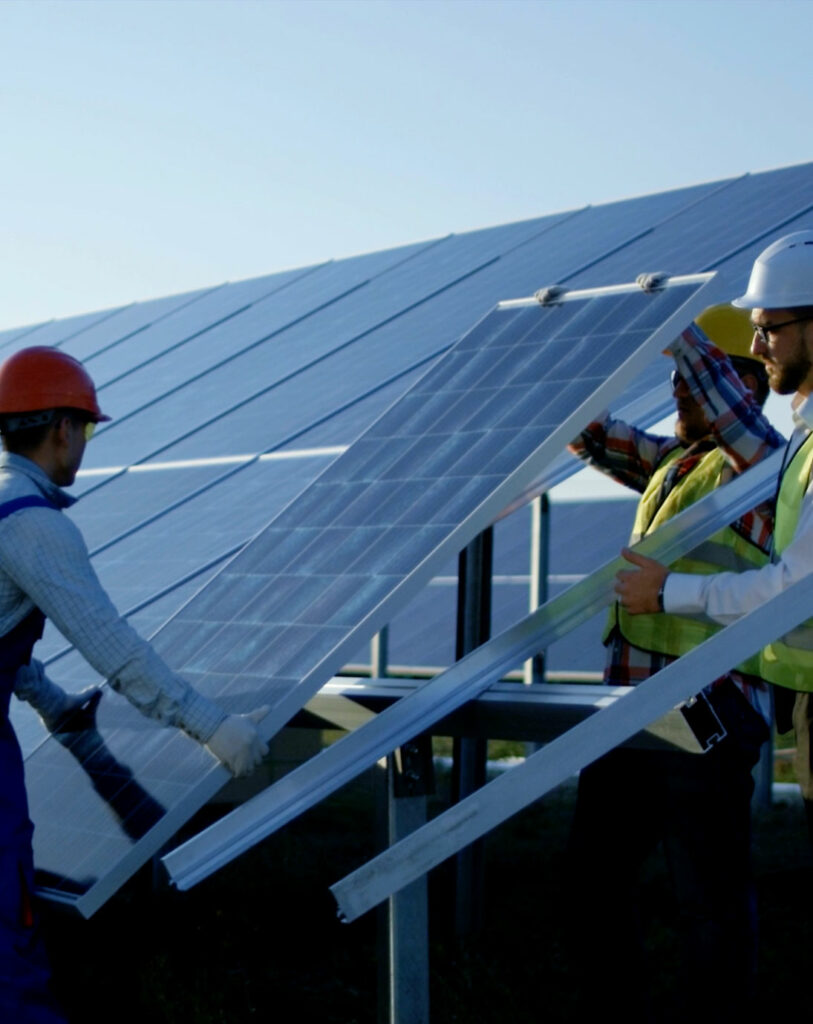Conserving and enhancing biodiversity throughout the area is important for the health of the environment, wildlife and communities. The design approach for this solar farms means that it can make significant contributions to local ecology and levels of biodiversity.
It is proposed to create a wildflower meadow between the panels, with this managed through an appropriately timed mowing or grazing regime. Additionally, there will be planting of native hedgerow to the north of the B9080 and southern edge of the solar site to the west of the B8046.
Hedgerows will help to create a species-rich environment, which will be valuable to birds, bats and other mammals within the development’s setting, by providing further foraging opportunities and connectivity for species migration.




